Quando você deseja conectar seus dispositivos modernos, como laptops, smartphones, tablets, TVs e monitores, a monitores externos, você tem duas opções principais: USB-C e HDMI. Esses são os dois conectores mais amplamente usados para transmissão de dados, áudio e vídeo, bem como carregamento de dispositivos. No entanto, eles não são os mesmos e têm diferentes recursos, vantagens e limitações que você deve estar ciente antes de escolher um. Neste artigo, compararemos USB-C e HDMI em termos de suas especificações, desempenho e aplicação em diferentes cenários. Também sugeriremos alguns dos melhores cabos USB-C e HDMI para seus dispositivos e veremos o futuro desses conectores. Ao final deste artigo, você terá um melhor entendimento de USB-C e HDMI e como escolher o melhor para suas necessidades.
Índice
- 1. Introdução
- 2. Visão geral de USB-C e HDMI
- 3. Comparação de desempenho e aplicação
- 4. Escolhendo USB-C e HDMI na hora do cabo
- 5. Tendências futuras e conclusão
- 6. As pessoas também perguntam
- 6.1 O USB-C pode substituir o HDMI em todos os cenários ou há limitações em seus recursos de vídeo?
- 6.2 Quais são as implicações da transição para USB-C para dispositivos antigos que suportam apenas HDMI?
- 6.3 Como as capacidades de fornecimento de energia do USB-C se comparam às do HDMI quando se trata de carregar dispositivos?
- 6.4 Existem tecnologias emergentes que podem desafiar o domínio do USB-C e do HDMI no futuro?
- 6.5 Quais são as melhores práticas para gerenciar cabos e manter a qualidade do sinal com USB-C e HDMI?
Introdução

Visão geral de USB-C e HDMI
USB-C
USB-C, também conhecido como USB Tipo C, é um tipo de conector USB (Universal Serial Bus) que foi introduzido em 2014. É um conector pequeno, reversível e versátil que pode fornecer alta potência e altas taxas de transferência de dados. Ele pode suportar vários padrões USB, como USB 2.0, USB 3.0, USB 3.1 e USB 3.2, bem como outros protocolos, como DisplayPort, Thunderbolt e HDMI, por meio do recurso Alternate Mode. Isso significa que USB-C, como Cabo USB C Thunderbolt 3 certificado pela Intel pode ser usado para transferência de dados, carregamento, saída de vídeo e saída de áudio, dependendo do dispositivo e do cabo.O USB-C está se tornando o padrão para muitos dispositivos, como smartphones, laptops e tablets, devido à sua conveniência e funcionalidade.
HDMI
HDMI (High Definition Multimedia Interface) é uma interface proprietária de áudio/vídeo para transmissão de dados de vídeo não compactados e dados de áudio digital compactados/não compactados de um dispositivo de origem compatível com HDMI, como um laptop, para um dispositivo de exibição compatível, como uma TV ou um monitor. Foi introduzido em 2002 e desde então evoluiu por meio de várias versões, como HDMI 1.4, HDMI 2.0 e HDMI 2.1, cada uma oferecendo maior largura de banda, resolução e taxa de quadros. HDMI como Cabo HDMI 2.1 óptico ativo AOC 8K 60Hz 48Gbps HDR é usado principalmente para conectar dispositivos multimídia, como TVs, consoles de jogos e sistemas de home theater, e fornecer áudio e vídeo de alta qualidade e alta definição. O HDMI é amplamente compatível com vários dispositivos e suporta vários formatos, como 4K, HDR, Dolby Vision e Dolby Atmos.
Tanto USB-C quanto HDMI são predominantes e compatíveis com vários dispositivos, mas têm propósitos e funções diferentes. USB-C é mais versátil e flexível, enquanto HDMI é mais dedicado e estável.

| Recurso | USB-C | HDMI |
| Forma do conector | Pequeno, reversível, retangular | Grande, não reversível, trapezoidal |
| Pinos conectores | 24 | 19 |
| Protocolos suportados | USB 2.0, USB 3.0, USB 3.1, USB 3.2, DisplayPort, Thunderbolt, HDMI (via Modo Alternativo) | HDMI |
| Dispositivos suportados | Smartphones, laptops, tablets, monitores, TVs, consoles de jogos, etc. | Laptops, monitores, TVs, consoles de jogos, sistemas de home theater, etc. |
| Resoluções e taxas de atualização suportadas | Até 4K a 60 Hz (via Modo Alternativo DisplayPort) | Até 8K a 60 Hz ou 4K a 120 Hz (HDMI 2.1) |
| Formatos suportados | Depende do protocolo usado (por exemplo, DisplayPort suporta HDR10, Dolby Vision, etc.) | 4K, HDR, Dolby Vision, Dolby Atmos, etc. |
| Largura de banda | Até 20 Gbps (USB 3.2) ou 40 Gbps (Thunderbolt 3) | Até 48 Gbps (HDMI 2.1) |
| Fornecimento de energia | Até 100 W | Até 5 V/0,05 A (HDMI 1.4) ou 5 V/0,09 A (HDMI 2.0) |
| Transferência de dados | Sim | Não |
| Carregando | Sim | Não |
| Saída de vídeo | Sim | Sim |
| Saída de áudio | Sim | Sim |
Comparação de desempenho e aplicação
As velocidades de transferência de dados de USB-C e HDMI
As velocidades de transferência de dados de USB-C e HDMI dependem do padrão USB e da versão HDMI que eles suportam, respectivamente. Por exemplo, Cabo de carregamento USB 3.0 A para USB C de 5 Gbps supervelocidade 3 m suporta velocidades de até 5 Gbps, enquanto Cabo HDMI 2.1 8K 48Gbps Trançado pode suportar largura de banda de até 48 Gbps. No entanto, essas velocidades não são diretamente comparáveis, pois o USB-C se concentra na transferência de dados, enquanto o HDMI se concentra na transmissão de áudio e vídeo. Portanto, o desempenho do USB-C e do HDMI em termos de qualidade de vídeo e transmissão de áudio depende de outros fatores, como resolução, taxa de quadros, profundidade de cor e formato de áudio do conteúdo.
Qualidade de vídeo de USB-C e HDMI
Em termos gerais, o USB-C pode suportar saída de vídeo de até 4K a 60 Hz e saída de áudio de até 7.1 canais, dependendo do dispositivo e do cabo. No entanto, o USB-C depende do recurso Alternate Mode para transmitir sinais de vídeo e áudio, o que significa que ele usa outro protocolo, como DisplayPort ou HDMI, por baixo dos panos. Isso pode introduzir alguns problemas de compatibilidade ou degradação da qualidade, dependendo do dispositivo e do cabo. Além disso, o USB-C pode não suportar alguns recursos avançados, como HDR, Dolby Vision ou Dolby Atmos, que o HDMI pode suportar.

Transmissão de áudio USB-C e HDMI
O HDMI, por outro lado, pode suportar saída de vídeo de até 8K a 60 Hz, como Cabo HDMI 2.1 óptico ativo AOC 8K 60Hz 48Gbps HDR, e saída de áudio de até 32 canais, dependendo da versão HDMI, do dispositivo e do cabo.O HDMI foi projetado para transmissão de áudio e vídeo e suporta vários formatos e recursos, como 4K, HDR, Dolby Vision, Dolby Atmos e muito mais. O HDMI oferece uma qualidade de vídeo e áudio mais estável e consistente, pois não depende de outro protocolo ou modo para transmitir sinais. No entanto, o HDMI pode não suportar alguns dispositivos ou padrões mais novos, como Thunderbolt ou USB-C, que o USB-C pode suportar.
Portanto, o desempenho e a aplicação de USB-C e HDMI em termos de velocidades de transferência de dados, qualidade de vídeo e transmissão de áudio variam dependendo do cenário. Por exemplo, se você quiser conectar seu laptop a um monitor 4K e transferir dados ao mesmo tempo, Cabo Thunderbolt 4 certificado pela Intel USB C para USB C 8k 60HZ pode ser uma escolha melhor, pois oferece velocidades de transferência de dados mais rápidas e qualidade de vídeo decente. No entanto, se você quiser conectar seu console de jogos a uma TV 4K e aproveitar áudio e vídeo imersivos, HDMI pode ser uma escolha melhor, pois oferece maior qualidade de vídeo e mais recursos de áudio.
Compatibilidade e Flexibilidade
A compatibilidade e a flexibilidade do USB-C e do HDMI dependem dos dispositivos e dos cabos que você usa. O USB-C é mais compatível e flexível, pois pode suportar vários padrões USB e outros protocolos, como DisplayPort, Thunderbolt e HDMI, por meio do recurso Alternate Mode.
O HDMI é menos compatível e flexível, pois suporta apenas um protocolo, que é o HDMI. Isso significa que o HDMI só pode ser usado para transmissão de áudio e vídeo, com dispositivos que têm portas HDMI, como TVs, consoles de jogos e sistemas de home theater. No entanto, o HDMI é mais padronizado e consistente, pois tem especificações e versões claras, que são amplamente adotadas por vários dispositivos e fabricantes.
Portanto, a compatibilidade e a flexibilidade de USB-C e HDMI dependem dos dispositivos e dos cabos que você usa. Por exemplo, se você tem um dispositivo que tem portas USB-C e HDMI, como um laptop, você pode escolher USB-C ou HDMI para conectar com um monitor externo, dependendo dos recursos e modos que você precisa. No entanto, se você tem um dispositivo que tem apenas portas USB-C, como um smartphone, você pode precisar de um adaptador ou um conversor para conectar com um monitor HDMI, ou vice-versa.
Escolhendo USB-C e HDMI na hora do cabo
Se você está procurando os melhores cabos USB-C e HDMI para seus dispositivos, você pode encontrá-los na Cable Time, a loja online líder em cabos e acessórios. Aqui estão algumas de nossas recomendações para cabos USB-C e HDMI:
e
Recomendações para cabos USB-C
Se você precisa de um cabo USB-C que suporte transferência de dados, carregamento e saída de vídeo, você pode escolher o Cabo USB-C para USB-C, que suporta USB 3.1 Gen 2, USB-PD e DisplayPort Alternate Mode. Ele pode fornecer velocidades de até 10 Gbps, potência de até 100 W e saída de vídeo de até 4K a 60 Hz. Ele é compatível com vários dispositivos, como smartphones, laptops e tablets, que têm portas USB-C. Ele também é durável e flexível, com um design de nylon trançado e um comprimento de 6,6 pés.
Se você precisa de um cabo USB-C que suporte saída de vídeo e saída de áudio, você pode escolher o Cable Time USB-C para HDMI Cable, que suporta o Modo Alternativo HDMI. Ele pode fornecer saída de vídeo de até 4K a 60 Hz e saída de áudio de até 7.1 canais. Ele é compatível com vários dispositivos, como smartphones, laptops e tablets, que têm portas USB-C, e dispositivos, como TVs, monitores e projetores, que têm portas HDMI. Ele também é resistente e confiável, com um conector banhado a ouro e um comprimento de 6 pés.
Recomendações para cabos HDMI
Se você precisa de um cabo HDMI que suporte vídeo e áudio de alta qualidade, você pode escolher o Cable Time High Cabo HDMI Speed 8K 48Gbps para projetor PS3 Xbox, que suporta HDMI 2.1. Ele pode fornecer saída de vídeo de até 8K a 60 Hz e saída de áudio de até 32 canais. Ele também suporta vários recursos, como HDR, Dolby Vision, Dolby Atmos e muito mais. Ele é compatível com vários dispositivos, como TVs, consoles de jogos e sistemas de home theater, que têm portas HDMI. Ele também é durável e flexível, com um design de nylon trançado e um comprimento de 10 pés.
Se você precisa de um cabo HDMI que suporte transmissão de vídeo e áudio em longas distâncias, você pode escolher o Cabo HDMI 2.0 de fibra óptica ativa(COA) , que suporta HDMI 2.0. Ele pode fornecer saída de vídeo de até 4K a 60 Hz e saída de áudio de até 7.1 canais. Ele também suporta vários recursos, como HDR, Dolby Vision, Dolby Atmos e muito mais. Ele é compatível com vários dispositivos, como TVs, consoles de jogos e sistemas de home theater, que têm portas HDMI.
Tendências futuras e conclusão
USB-C e HDMI são dois conectores essenciais para dispositivos modernos. Embora ambos tenham propósitos semelhantes — conectar dispositivos a monitores externos — eles têm recursos e aplicações distintas. À medida que a tecnologia evolui, tanto o USB-C quanto o HDMI continuarão a desempenhar papéis essenciais na conexão de nossos dispositivos. A versatilidade e a compatibilidade do USB-C o tornam uma escolha ideal para muitos cenários, enquanto o HDMI continua sendo o padrão para transmissão de áudio e vídeo de alta qualidade. Fique de olho nas tecnologias emergentes que podem desafiar seu domínio e sempre escolha o método de conexão certo com base em suas necessidades específicas. Lembre-se, esteja você transmitindo conteúdo, trabalhando em casa ou jogando, o cabo certo pode fazer toda a diferença. Então, da próxima vez que você tiver que escolher entre USB-C e HDMI, considere suas necessidades e selecione o cabo que melhor se adapta à sua configuração!
As pessoas também perguntam
Aqui estão algumas perguntas e respostas comuns sobre USB-C e HDMI:
O USB-C pode substituir o HDMI em todos os cenários ou há limitações em seus recursos de vídeo?
USB-C e HDMI não são mutuamente exclusivos e podem coexistir em muitos cenários. No entanto, há algumas limitações para os recursos de vídeo do USB-C que podem impedi-lo de substituir o HDMI em todos os casos. Por exemplo:
Nem todas as portas USB-C suportam saída HDMI. Somente portas USB-C que suportam modos alternativos, como DisplayPort ou Thunderbolt 3, podem emitir sinais de vídeo diretamente para um monitor HDMI.
Nem todos os cabos USB-C suportam saída HDMI. Mesmo que sua porta USB-C suporte saída HDMI, você precisará de um cabo USB-C que suporte o mesmo modo alternativo.
Nem todos os recursos HDMI são suportados pelo USB-C. Embora o USB-C possa suportar saída de vídeo de até 4K a 60 Hz e saída de áudio de até 7.1 canais, ele pode não suportar alguns recursos avançados que o HDMI pode, como HDR, Dolby Vision ou Dolby Atmos.
Portanto, o USB-C pode substituir o HDMI em alguns cenários, mas não em todos. Você precisará verificar as especificações dos seus dispositivos, portas e cabos para garantir compatibilidade e desempenho.
Quais são as implicações da transição para USB-C para dispositivos antigos que suportam apenas HDMI?
A transição para USB-C pode representar alguns desafios para dispositivos antigos que suportam apenas HDMI, como TVs, monitores ou consoles de jogos mais antigos.No entanto, existem algumas soluções para superar esses desafios, como:
Usando adaptadores ou conversores: Você pode usar um adaptador ou conversor USB-C para HDMI para conectar um dispositivo USB-C a um monitor HDMI, ou vice-versa. No entanto, você precisará certificar-se de que o adaptador ou conversor suporta o mesmo modo alternativo, resolução e recursos dos seus dispositivos..
Usando hubs ou docks: Você pode usar um hub ou dock USB-C para expandir as opções de conectividade do seu dispositivo USB-C. Por exemplo, você pode usar um Hub USB C fino 7 em 1 para Macbook Pro que possui várias portas USB-C, portas HDMI e outras portas, como Ethernet, USB-A ou áudio.
Atualizando seus dispositivos: Você pode atualizar seus dispositivos para modelos mais novos que suportem USB-C, HDMI ou ambos. Isso garantirá compatibilidade e desempenho, além de preparar seus dispositivos para o futuro com tecnologias emergentes.
Como as capacidades de fornecimento de energia do USB-C se comparam às do HDMI quando se trata de carregar dispositivos?
Um dos principais benefícios do USB-C em relação ao HDMI é sua capacidade de fornecimento de energia e carregamento. O USB-C pode suportar o fornecimento de energia de até 100W, o que significa que pode carregar dispositivos de forma rápida e eficaz. Por exemplo, New Cabo de carregamento USB-C para USB-C 100 W pode carregar uma bateria de laptop de 0% a 80% em cerca de uma hora, ou uma bateria de smartphone de 0% a 50% em cerca de 15 minutos. Além disso, o USB-C também pode eliminar a necessidade de entradas de energia separadas em alguns dispositivos, como monitores e laptops, que podem receber energia do mesmo cabo USB-C que os conecta a outro dispositivo. Isso pode reduzir o número de cabos e adaptadores de energia necessários e economizar espaço e energia.
Existem tecnologias emergentes que podem desafiar o domínio do USB-C e do HDMI no futuro?
USB-C e HDMI são atualmente os conectores dominantes para transmissão de dados, áudio e vídeo, mas podem enfrentar alguma competição de tecnologias emergentes no futuro. Algumas dessas tecnologias incluem:
Tecnologias de exibição sem fio: Tecnologias como Wi-Fi, Bluetooth, Miracast, AirPlay ou Chromecast podem permitir a exibição sem fio de conteúdo de um dispositivo para outro, sem a necessidade de cabos ou conectores.
Tecnologias de fibra óptica: Tecnologias como HDMI óptico ou USB-C óptico podem usar fibras ópticas em vez de fios de cobre para transmitir dados, áudio e sinais de vídeo.
Tecnologias quânticas: Tecnologias como comunicação quântica ou computação quântica podem usar fenômenos quânticos, como emaranhamento ou superposição, para transmitir ou processar informações.
Quais são as melhores práticas para gerenciar cabos e manter a qualidade do sinal com USB-C e HDMI?
Aqui estão algumas práticas recomendadas para gerenciar cabos e manter a qualidade do sinal com USB-C e HDMI:
Use bandejas de cabos e conduítes: São canais fechados que proporcionam melhor proteção e organização dos cabos do que os dutos, que são ranhuras abertas.
Use braçadeiras ou velcro: Essas são ferramentas úteis para agrupar e prender cabos, evitando que fiquem emaranhados ou danificados.
Use etiquetas e marcadores de cabos: Esses são dispositivos úteis para identificar e diferenciar cabos, facilitando a solução de problemas ou a manutenção deles.
Use os cabos e conectores corretos: Você deve usar cabos e conectores que correspondam às especificações e requisitos dos seus dispositivos, portas e rede.
Use os cabos mais curtos possíveis: Você deve usar os cabos mais curtos possíveis para conectar seus dispositivos, pois isso pode reduzir a perda de sinal, a interferência e o consumo de energia.
Evite dobras ou torções acentuadas: Você deve evitar dobras ou torções acentuadas nos seus cabos, pois isso pode danificar os fios ou fibras internas, causando degradação ou interrupção do sinal.

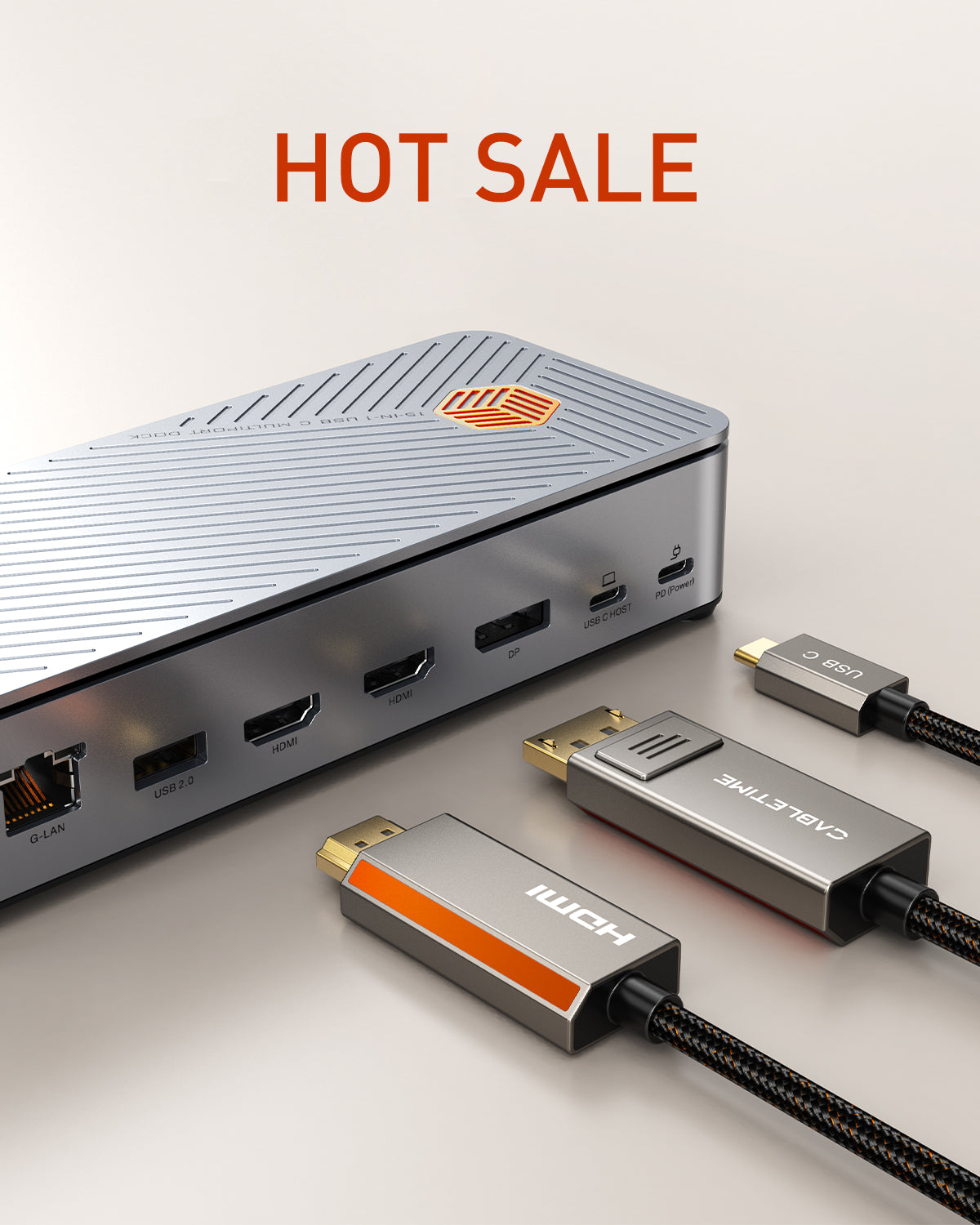
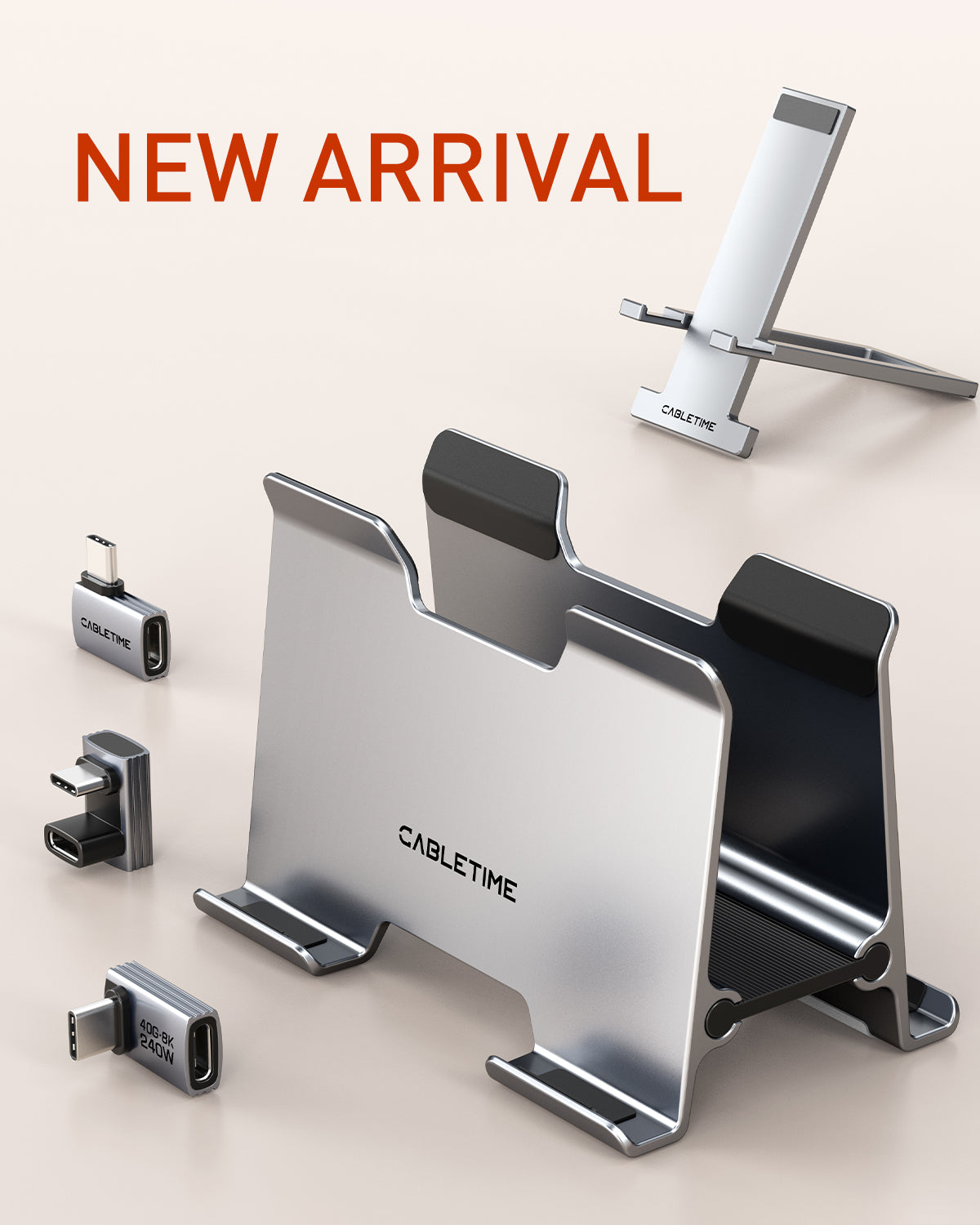
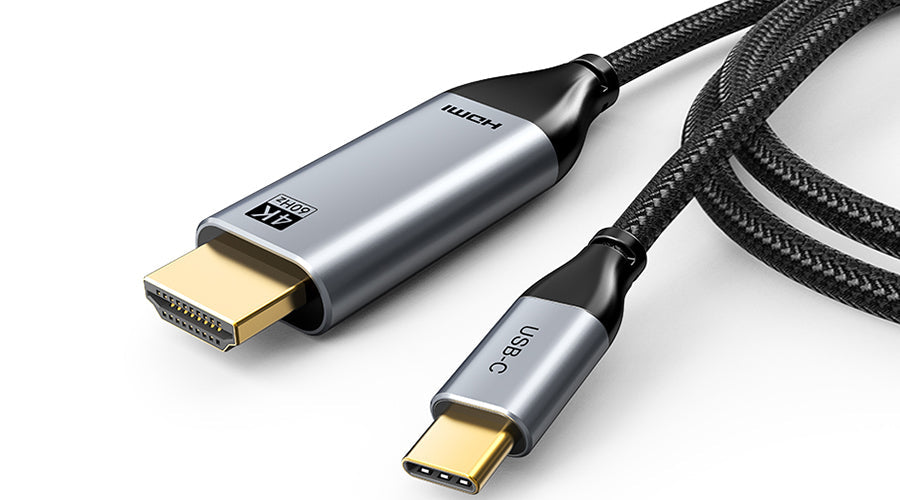
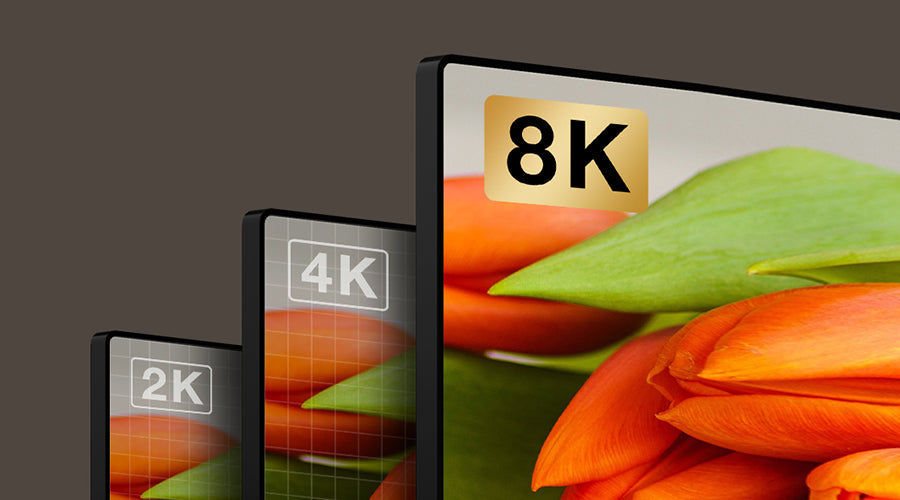
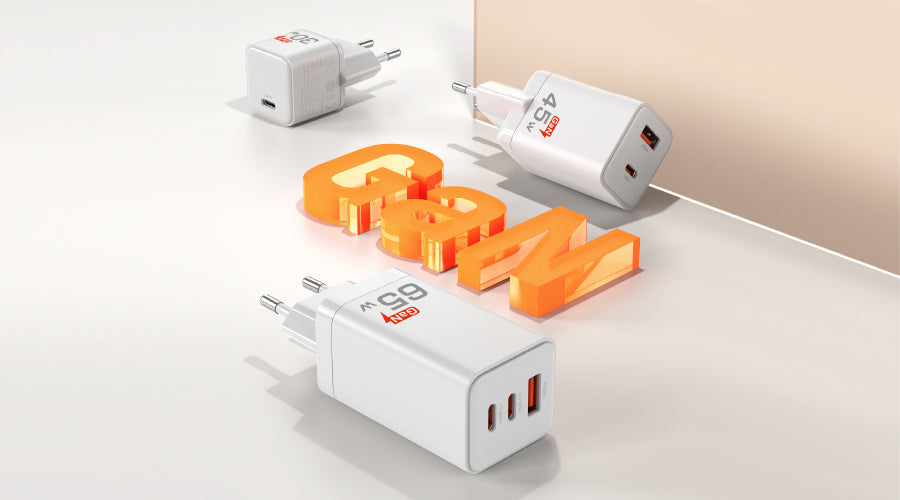
1 comentário
Bob
Thanks ChatGPT
Deixe um comentário
Este site é protegido por hCaptcha e a Política de privacidade e os Termos de serviço do hCaptcha se aplicam.